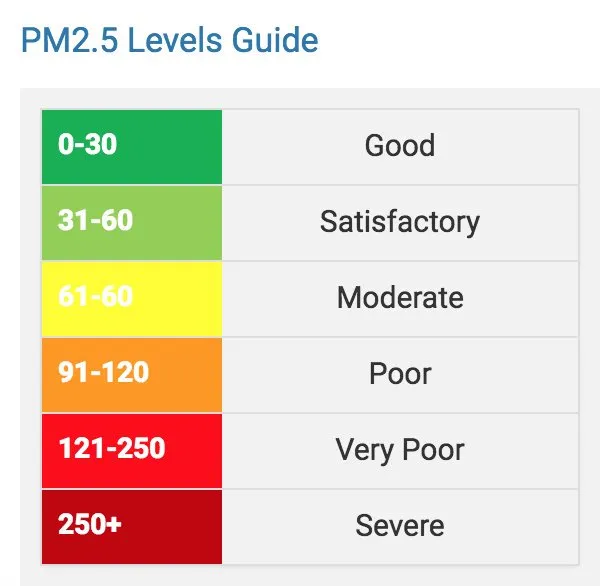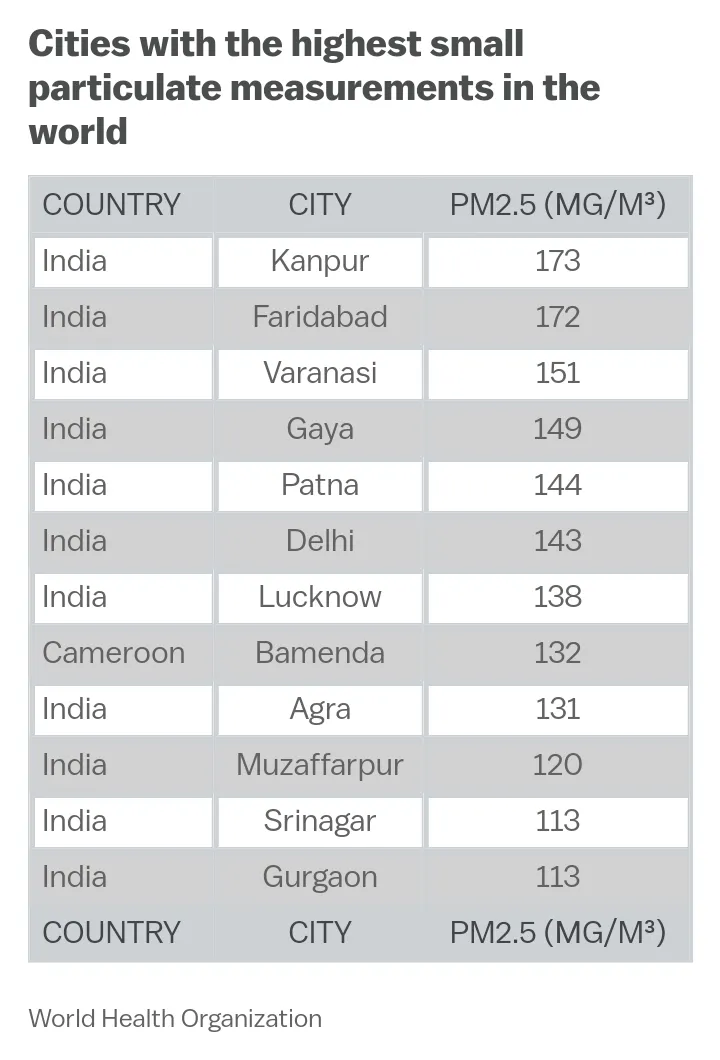"Simple act of breathing is killing 7 million people a year and harming billions more, but a smog of complacency pervades the planet."
“No one, rich or poor, can escape air pollution. It is a silent public health emergency.”
- Dr Tedros Adhanom Ghebreyesus, Director General, WHO.
Frequently, unhealthy levels of air pollution from sources ranging from factories' and vehicles' exhausts to the burning of coal and wood for cooking, dust storms, or forest fires affect most of countries. Some hills and mountains also act as basins that trap toxic air over vast area surrounding countries, sometimes making the air too dangerous to breathe.
Recent satistics have shown that 91% of the world's population live in areas with air pollution above WHO limits.
The D.G. stated that air pollution is affecting all of us but the young ones are the most vulnerable of all. Child health experts have been able to link respiratory diseases and cancer to toxic air.
Many different air pollutants can affect health — nitrogen oxide, carbon monoxide, carbon dioxide, ozone etc.

WHO database classifies air pollution in two ways: by PM2.5 (particles smaller than 2.5 microns in diameter) and by PM 10 (particles that are 10 microns in diameter). The smaller PM2.5 particles from sources like open flames and diesel exhaust can linger in the air longer and penetrate deeper into the lungs than larger particles, which is why they’re the bigger concern for health officials and a high-priority target for reduction.

According to WHO:
• Two-thirds of India’s population still lives outside of cities, and 80 percent of these households rely on biomass like wood and dung for cooking and heating. Aalso, gricultural practices like burning crop stubble also remain widespread.
• Smoke emitted from the rural areas can carried and spread over major cities such as Chennai and Mumbai, where it commingles with traffic exhaust, factory emissions, and construction dust. It can also get trapped by inland by features like hills and mountains, leaving few areas in the country where Indians can breathe easy.
• This region is land-locked ( therefore, pollution cannot dissipate quickly) and does not have the advantage of the coast.
• Also, a lot of the smaller cities have poor waste management as there is a lot of burning, solid fuel use, they are moving from non-motorised to motorised transport.
• The chulhas (cookstoves) used contribute to 25 percent outdoor pollution in India.These stoves also cause pollution indoors, which is especially dangerous for children, according to the WHO.
Tedros said: “A clean and healthy environment is the single most important precondition for ensuring good health. By cleaning up the air we breathe, we can prevent or at least reduce some of the greatest health risks. No person, group, city, country or region can solve the problem alone, we need strong commitments and actions from everyone.”